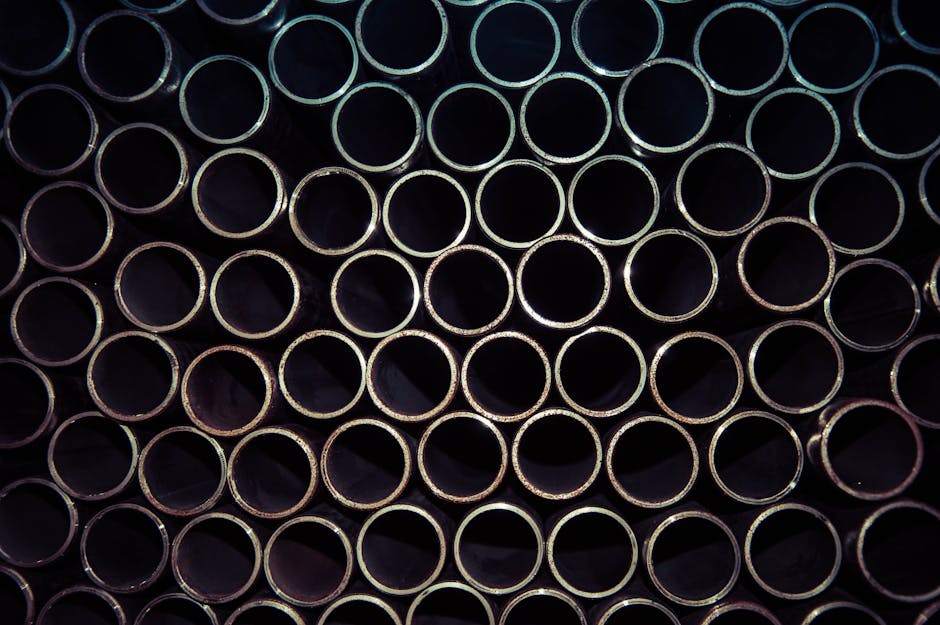Best Practices for Protecting Chrome from Corrosion and Damage

Chrome is a popular material used for various applications, from automobile parts to household fixtures, due to its appealing shine and resistance to tarnishing. However, despite its resilience, chrome can be susceptible to corrosion and damage if not properly maintained. Understanding the best practices for protecting chrome surfaces is crucial for extending their lifespan and maintaining their aesthetic appeal.
Understanding Chrome Corrosion
Corrosion occurs when chrome comes into contact with moisture, oxygen, and other environmental elements, leading to the formation of rust. This process can be accelerated by factors such as exposure to saltwater, chemicals, and improper cleaning techniques. Recognizing the signs of corrosion early can prevent further damage and deterioration.
Common indicators of chrome corrosion include pitting, discoloration, and a rough texture. Pitting refers to small, localized areas of rust that penetrate the surface. Discoloration can manifest as brown or black spots on the chrome surface. A rough texture indicates that the surface has started to break down.
Preventing corrosion involves regular maintenance and using appropriate protective measures. Understanding the chemistry behind chrome corrosion helps in selecting the right products and methods for protection.
Cleaning and Maintenance
Regular cleaning is essential to maintain the integrity of chrome surfaces. Dust, dirt, and other contaminants can trap moisture against the chrome, promoting corrosion. Here are some steps to keep chrome clean:
- Use a soft cloth or sponge with mild soap and water to wipe down chrome surfaces regularly.
- Avoid abrasive cleaners or scrubbing pads that can scratch the chrome.
- Rinse thoroughly with clean water to remove any soap residue.
- Dry the surface completely with a soft towel to prevent water spots.
For tougher stains or rust spots, specialized chrome cleaners are available. These products are formulated to remove contaminants without damaging the chrome finish. Always follow the manufacturer's instructions when using these cleaners.
Additionally, applying a layer of wax or sealant can provide an extra barrier against moisture and contaminants. Products designed specifically for chrome protection should be used for optimal results.
Protective Coatings
Applying protective coatings is an effective way to shield chrome from environmental elements that cause corrosion. Several types of coatings are available:
- Clear Coats: These are transparent coatings that provide a durable layer of protection while preserving the natural shine of the chrome.
- Ceramic Coatings: Known for their hardness and hydrophobic properties, ceramic coatings offer long-lasting protection against water, dirt, and chemicals.
- Electroplating: This process involves adding a thin layer of another metal (such as nickel) over the chrome surface to enhance its resistance to corrosion.
Selecting the right type of coating depends on the specific application and environmental conditions. For instance, automotive parts exposed to road salt may benefit more from ceramic coatings due to their superior protective properties.
Ceramic coatings significantly reduce corrosion rates compared to traditional clear coats, making them an excellent choice for high-exposure applications.
Preventive Measures
Apart from regular cleaning and applying protective coatings, several preventive measures can help keep chrome surfaces in pristine condition:
- Indoor Storage: Whenever possible, store items with chrome surfaces indoors or in covered areas to minimize exposure to harsh weather conditions.
- Avoid Harsh Chemicals: Refrain from using strong acids or alkalis near chrome surfaces as they can cause immediate damage.
- Regular Inspections: Periodically inspect chrome surfaces for signs of wear or damage. Early detection allows for prompt action to prevent further deterioration.
In addition to these measures, it’s important to address any scratches or chips promptly. Even minor damages can lead to localized areas where moisture can seep in and start the corrosion process.
| Method | Benefits | Limitations |
|---|---|---|
| Regular Cleaning | Keeps surface free from contaminants | Requires frequent upkeep |
| Ceramic Coating | Long-lasting protection against elements | Higher initial cost |
| Indoor Storage | Minimizes exposure to harsh conditions | Not always feasible for large items |
| Avoiding Harsh Chemicals | Prevents immediate surface damage | N/A |
The above table summarizes different methods for protecting chrome surfaces along with their benefits and limitations. By understanding these aspects, consumers can make informed decisions about how best to care for their chrome items.
The importance of protecting chrome from corrosion and damage cannot be overstated. Regular cleaning with mild soap and water keeps contaminants at bay while specialized cleaners handle tougher stains without scratching the surface. Applying protective coatings like clear coats or ceramic coatings offers an additional layer of defense against environmental elements. Moreover, preventive measures such as indoor storage and avoiding harsh chemicals contribute significantly towards maintaining the aesthetic appeal and structural integrity of chrome surfaces over time.